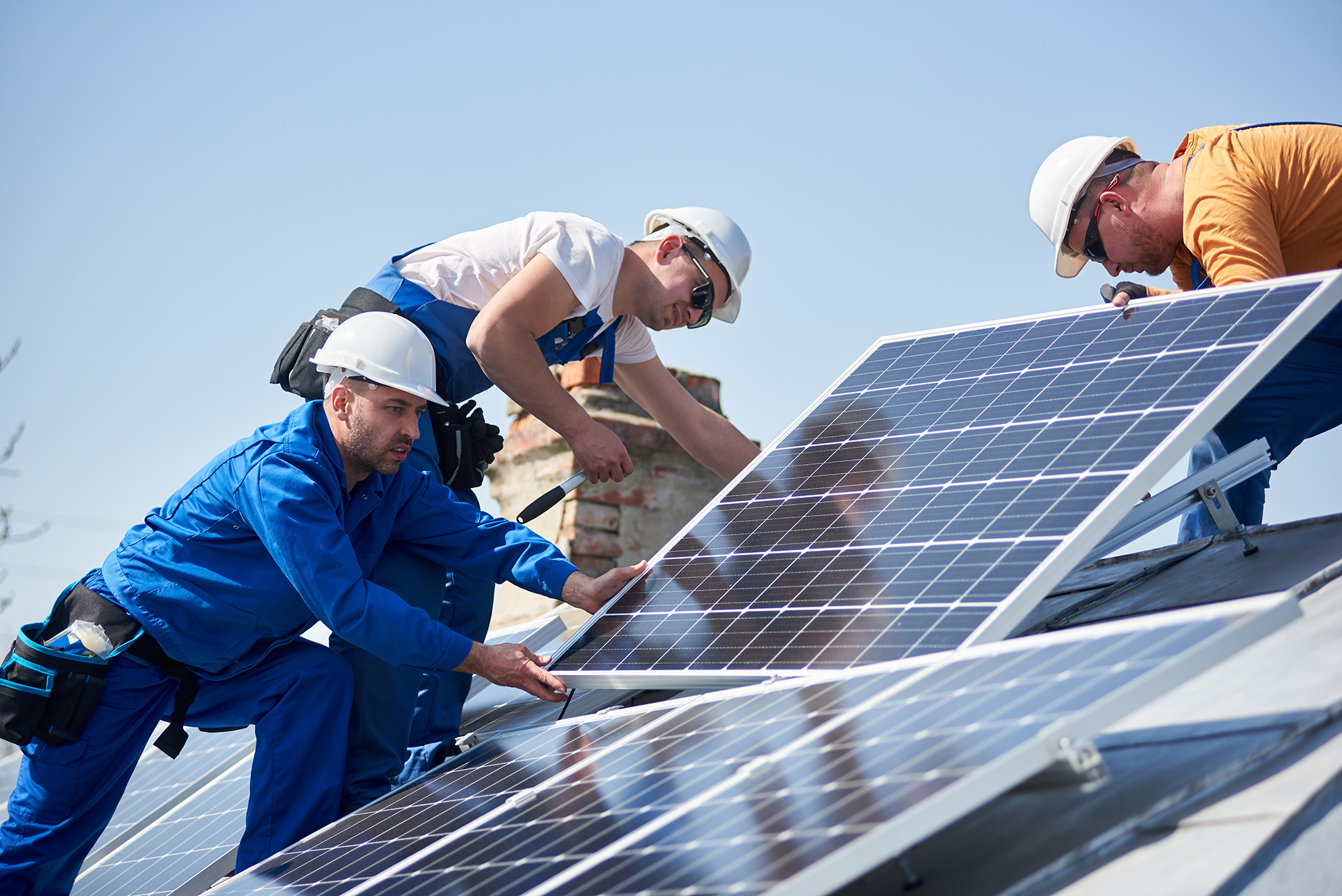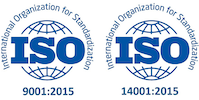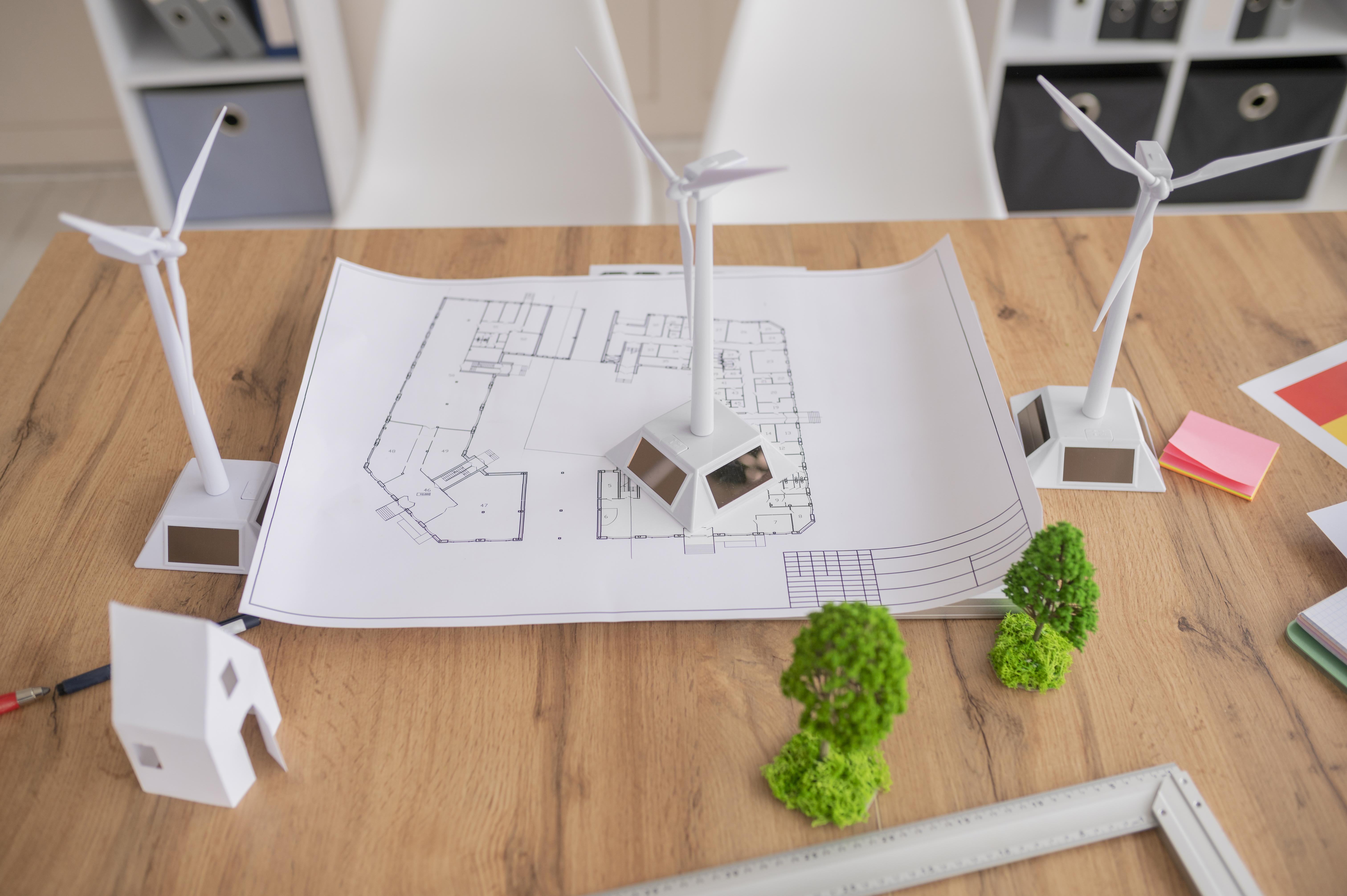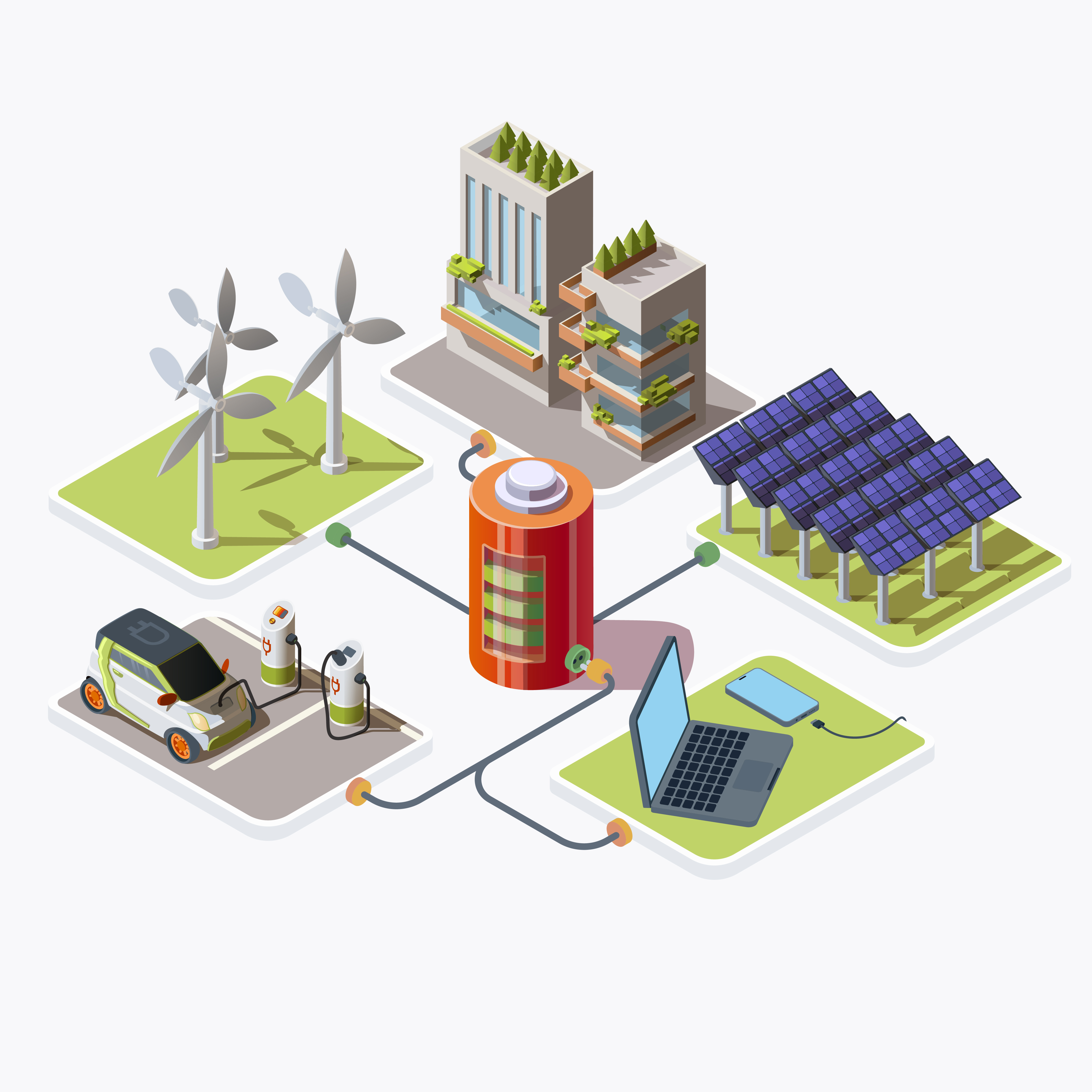Table of Contents
ToggleIntroduction
In the realm of renewable energy, solar power stands out as a leading contender for sustainable electricity generation. Central to any solar photovoltaic (PV) system is the solar inverter, a critical component that converts the DC (direct current) electricity generated by solar panels into usable AC (alternating current) electricity for homes, businesses, and the grid. Understanding the various types of solar inverters available is essential for designing efficient and reliable solar power systems.
Types of Solar Inverters
String inverters, also known as centralized inverters, are among the most common types of solar inverters. They operate by connecting multiple solar panels in series (or strings) and converting the combined DC power into AC power. Each string is typically connected to a single string inverter, which then feeds the AC power into the electrical grid or a building’s electrical system. Cost-effectiveness: String inverters are often more affordable than other types, making them a popular choice for residential and commercial installations.
Simplified maintenance: Since there are fewer inverters to monitor and maintain, maintenance costs are generally lower.High efficiency: Modern string inverters offer high conversion efficiencies, ensuring maximum energy harvest from solar panels. Performance limitations: String inverters are susceptible to reduced efficiency or complete shutdown in case of shading or panel mismatch issues. Design constraints: System design must account for the limitations imposed by string configuration, such as the need to ensure uniform irradiance on all panels in a string.
Microinverters represent a decentralized approach to solar power conversion. Unlike string inverters, microinverters are installed on each individual solar panel, converting the DC power directly at the source. This distributed architecture allows for independent operation of each panel, mitigating the impact of shading or panel-level performance variations.
Advantages
Enhanced performance: Microinverters maximize energy harvest by optimizing the output of each solar panel independently, even in partially shaded conditions. Scalability: Microinverter-based systems can be easily expanded by adding more panels without the need to reconfigure the entire system. Monitoring capabilities: Many microinverter systems come with built-in monitoring features that allow users to track the performance of each panel in real-time.
Higher initial cost: The cost per watt of microinverter-based systems is generally higher than that of string inverter systems, primarily due to the increased number of inverters required. Maintenance challenges: Since microinverters are distributed across the array, diagnosing and addressing maintenance issues can be more complex compared to centralized inverters.
Central inverters, also known as utility-scale inverters, are designed for large-scale solar installations, such as solar farms or utility-scale PV plants. These inverters are capable of handling high DC voltages and power levels, making them well-suited for grid-connected applications. High power output: Central inverters can handle large capacities, making them ideal for utility-scale projects where maximizing power output is crucial.Robust design: Central inverters are built to withstand harsh environmental conditions and operate reliably for extended periods. Grid support functions: Many central inverters offer advanced grid support features, such as reactive power control and frequency regulation, to enhance grid stability.
Limitations
Limited scalability: Central inverters are typically designed for fixed capacities and may not be easily scalable once installed. Single point of failure: Since the entire system relies on a single inverter, a malfunction or failure can result in significant downtime and revenue loss for large-scale installations. Battery-based inverters, also known as hybrid inverters, integrate solar power generation with energy storage capabilities. These inverters manage the flow of electricity between solar panels, batteries, and the grid, allowing for energy independence and backup power during grid outages.
Energy autonomy: Battery-based inverters enable homeowners and businesses to store excess solar energy for use during periods of low solar production or grid outages. Peak shaving: By charging batteries during off-peak hours and discharging them during peak demand periods, battery-based inverters can reduce electricity costs.Emergency backup: In the event of a grid outage, battery-based inverters can automatically switch to battery power, providing uninterrupted electricity supply to critical loads.
Higher upfront costs: The addition of battery storage increases the initial investment required for solar power systems, although prices have been declining in recent years. Limited battery life: Batteries have a finite lifespan and will require replacement after a certain number of charge-discharge cycles, adding to the long-term cost of ownership.
Factors Influencing Choice of Solar Inverter
The size and capacity of a solar power system play a significant role in determining the most suitable type of inverter. While string inverters are well-suited for small to medium-sized installations, larger systems may benefit from the scalability and performance advantages offered by central inverters or microinverters.
Environmental factors such as shading, temperature variations, and humidity levels can impact the performance of solar inverters. Microinverters, with their panel-level optimization capabilities, excel in shaded environments, while central inverters are better equipped to handle high-power applications in harsh climates. Cost considerations are paramount when selecting a solar inverter, as they can significantly impact the overall economics of a solar power system. While string inverters are typically the most cost-effective option for small to medium-sized installations, larger projects may justify the higher upfront cost of central inverters or battery-based inverters based on long-term performance and reliability.
Grid connection requirements imposed by local regulations and utility companies can influence the choice of solar inverter. Central inverters are often preferred for grid-connected applications due to their compatibility with utility-scale power systems and advanced grid support capabilities.
Emerging Technologies and Future Trends
Hybrid inverters, which combine solar power generation with battery storage and grid connectivity, are poised to play a pivotal role in the future of distributed energy systems. These versatile inverters offer homeowners and businesses greater control over their energy consumption and provide a pathway towards achieving energy independence. Smart inverters, equipped with advanced monitoring and communication capabilities, are enabling the integration of solar power with smart grid technologies. These inverters can dynamically adjust output levels and provide grid support services, such as voltage regulation and frequency control, to enhance grid stability and reliability.
Three-phase inverters are designed for three-phase AC power distribution systems commonly found in commercial and industrial settings. These inverters offer higher efficiency and power output compared to single-phase inverters, making them well-suited for large-scale solar installations.
Grid-tied inverters are designed to synchronize with the utility grid, allowing for the seamless exchange of electricity between the solar power system and the grid. Off-grid inverters, on the other hand, are designed for standalone applications where access to the grid is limited or unavailable, providing energy independence in remote locations.
Conclusion
In conclusion, the diverse range of solar inverters available today reflects the evolving landscape of solar power technology. From traditional string inverters to innovative hybrid and smart inverters, each type offers unique advantages and considerations for different applications. By carefully evaluating factors such as system size, installation location, budget, and grid requirements, stakeholders can select the most suitable solar inverter to maximize the performance and reliability of their solar power systems. As emerging technologies continue to drive advancements in solar inverter design, the future looks bright for clean, renewable energy generation.
FAQS
What are the main types of solar inverters available in the market?
There are several types of solar inverters, including string inverters, microinverters, central inverters, and battery-based inverters (hybrid inverters).
What is the difference between string inverters and microinverters?
String inverters are centralized inverters that connect multiple solar panels in series, while microinverters are installed on individual solar panels, converting DC power at the source. Microinverters offer panel-level optimization and are more resistant to shading compared to string inverters.
Are central inverters only suitable for utility-scale solar installations?
While central inverters are commonly used in utility-scale projects due to their high power output and robust design, they can also be used in commercial and large residential installations where maximizing power output is essential.
How do battery-based inverters differ from traditional solar inverters?
Battery-based inverters, also known as hybrid inverters, integrate solar power generation with energy storage capabilities. They allow users to store excess solar energy for use during periods of low solar production or grid outages, providing energy independence and backup power.
What factors should I consider when choosing a solar inverter for my project?
When selecting a solar inverter, it’s essential to consider factors such as system size and capacity, installation location and environment, budget constraints, and grid connection requirements. Each type of inverter has its own advantages and limitations, so evaluating these factors carefully will help determine the most suitable option for your specific needs.







